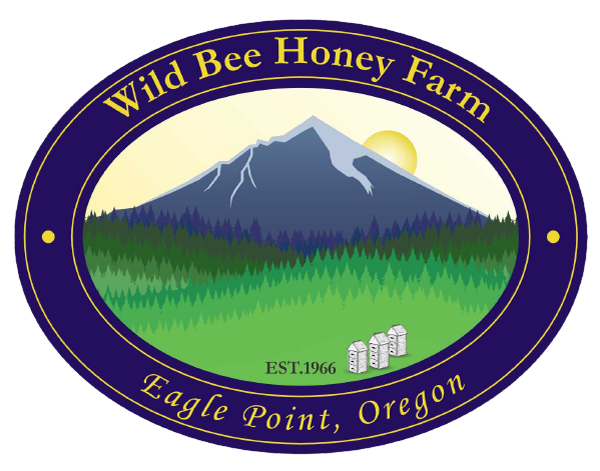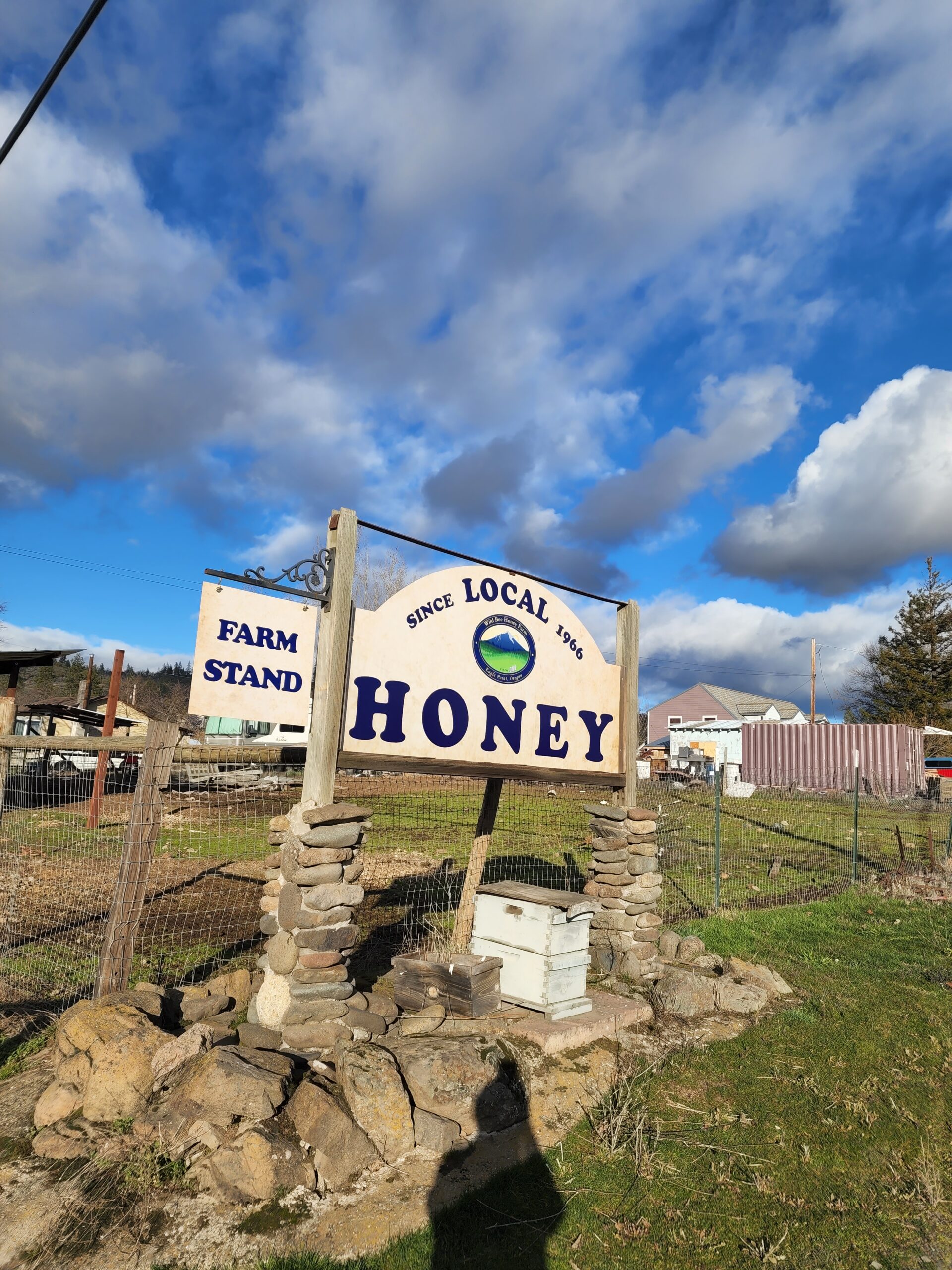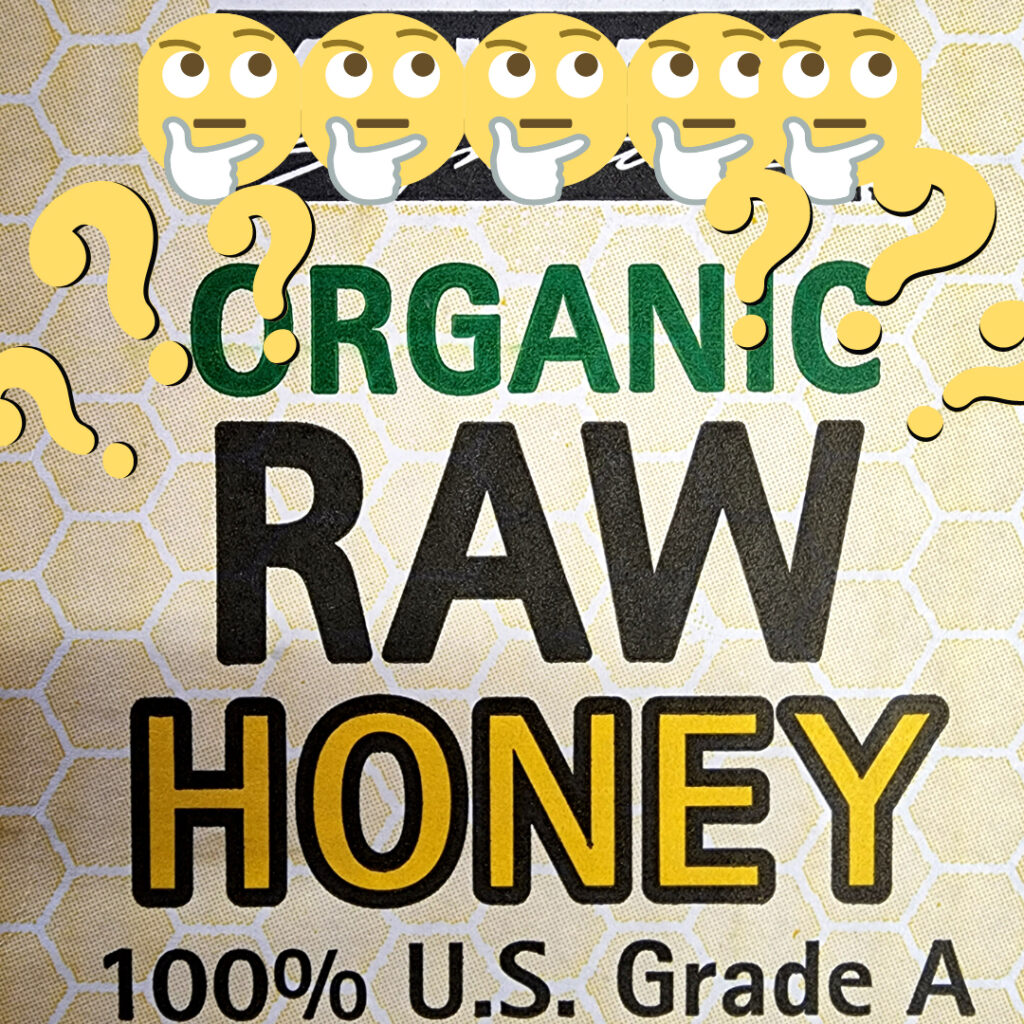A Word from the Beekeeper about Quality Honey:
All the honey we sell is raw honey. Unfortunately, there is no uniform standard for raw honey in the United States so there is a lot of cooked honey out there being sold as “raw” that has been heated to 130, 140, and even 160 degrees. You could get third degree burns from something that hot. Imagine what it does to the delicate floral enzymes present in the honey!
Among honest beekeepers the highest ambient temperature in summer is generally regarded as the maximum temperature permissible to still qualify as “raw”. We maintain our honey at the minimum possible temperature at all stages of extracting and bottling but at all times below 110 degrees F. In the summer, when the honey is being extracted, no heat whatsoever is applied to the honey — it is simply extracted, strained, and bottled for you. In cold weather, some warming must be performed as the honey becomes rock-solid in the drum. We use a special immersion heater from Italy which moves through the honey as it is warmed thereby not overheating any one area in the drum.
We believe in truth-in-labeling. Know your ingredients! Know your farmer! Eat Healthy! Peace and Enjoy!!
While we are on the subject of pure food, did you know you can watch The Future of Food on HULU.com? Check it out!


